From allergic reactions to respiratory problems, humid and damp air is unhealthy and uncomfortable.
A guaranteed way of getting rid of this moisture-filled air lies in the use of dehumidifiers. Dehumidifiers are machines that reduce the air's moisture content, creating a clean and harm-free environment. However, specific actions inhibit the effective functioning of this machine, resulting in the absence of the desired results.
This article dives into the various mishaps and things you should avoid when using a dehumidifier. Keep reading to discover which mistakes you've been making and how to steer clear of them altogether. That way, your dehumidifier will work effectively for a very long time.
Dehumidifier's Working Principle
Before going into the mistakes to avoid when using a dehumidifier, let's look at the principles behind their effectiveness in improving air quality.
As previously mentioned, dehumidifiers regulate the humidity by removing excess moisture content from the air. It does this by taking in the damp air and passing it over refrigerant coils, where a coolant cools the moisture in the air to liquid. The liquid is collected in a water container at the bottom of the machine or is drained directly into the building's plumbing system. The cooled air is then passed over the dehumidifier's warm motor, which is returned to room temperature. This warm air is released into the atmosphere as clean, treated air.
The working principle is similar to that of the air conditioner and refrigerator. The dehumidifier also filters out dust particles and the like to create an unfavorable environment for dust mites, mold, and other allergen-causing organisms.
5 Mistakes to Avoid with Dehumidifiers
Now, let's look at some of the mistakes you want to avoid to ensure the continuous efficiency of your dehumidifier.
Picking the Wrong Spot or Size
Placing the right size dehumidifier in the ideal position is essential to getting the desired results. When purchasing your dehumidifier, ensure that it caters to your needs. If the dehumidifier is undersized, it can't get rid of excess moisture in the air fast enough, and if it's oversized, it could dry up the air, which can cause dryness of the skin, eyes, etc. and lead to more respiratory problems. To prevent this, talk with an expert about getting the right dehumidifier.
On the other hand, you may have the right dehumidifier, but wrongly placed. This is common with portable dehumidifiers, where you, the homeowner, can easily plug in the dehumidifier. Some dehumidifiers for crawl space have top-mounted air discharge and can be placed against the wall. If yours doesn't, set your dehumidifier at least six inches from walls or any obstruction to prevent airflow restriction.

Setting the Wrong Humidity Level
You can have the correct size dehumidifier, but you won't get the desired results if you use the correct settings. Aim for 30 to 50 percent humidity to reach an optimal level. You should stay between 30 and 40 percent during the heating season in colder areas.
If the humidity is higher than that, molds, mildew, dust mites, and the like can breed, resulting in the respiratory problems you wanted to avoid in the first place. Yet, you don't want to use a humidity setting that's too low because this can lead to dryness, which is counterproductive. Of course, this setting depends on the location, whether you're using a dehumidifier for your basement, crawl space, home theatre or somewhere else.
Not Emptying It Enough
Most portable dehumidifiers come with a water container or bucket where the excess moisture in the air is collected as a liquid. These dehumidifiers typically have warning lights to indicate that the container is full and needs emptying. This feature ensures you're not falling behind on maintenance even if you use your dehumidifier in the basement, where you may not be often.
Fortunately, many home dehumidifiers will stop working when the container is full, so you don't have to worry about overflowing. However, leaving the water in too long can create a breeding ground for mold, which can cause allergic reactions or affect your lungs.
So, ensure to regularly empty the container. For a more hassle-free option, you can purchase a dehumidifier to connect the container to a drain system. Then you won't have to worry about getting rid of the water frequently.
Neglecting the Filters
Maintaining a dehumidifier is about more than just emptying the water container. That's because, in addition to reducing moisture content in the air, dehumidifiers filter particles such as mold, pollen, etc. These particles can accumulate in the filter over time, hindering the dehumidifier's efficiency.
If your dehumidifier has a merv-1 filter, clean it regularly to ensure the machine works well. On the other hand, cleaning G3 filters is not recommended as doing so can damage the structure of the mesh and affect the filtering effect and air intake. Ultimately, you must follow the manufacturer's recommendations when cleaning your filter.
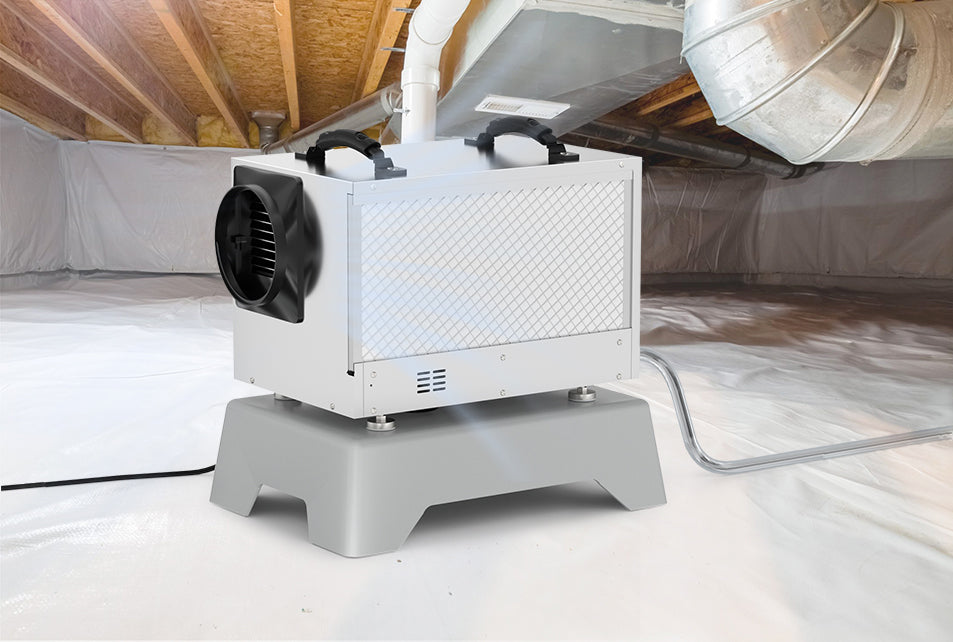
Overlooking Energy Efficiency
Before purchasing a dehumidifier, look out for the Energy Star certification. Dehumidifiers can consume as much as 1000 kWh per year. Typically, a crawl space dehumidifier can use up to 600 kWh or more, while a dehumidifier for the basement can use 800 kWh in a year. However, an energy star-certified one will use 15 percent less energy.
These models meet the U.S. Department of Energy and the U.S. Environmental Protection Agency guidelines, earning them an energy-friendly seal of approval. This means more efficient refrigeration coils, compressors, and fans to remove the same amount of moisture as a similarly sized conventional unit.
Conclusion
Dehumidifiers are the perfect solution to high humidity levels in your home or office. They create a comfortable, healthy environment free of mold and other allergen-causing organisms. However, it's possible to make a few mistakes when using them, which can drastically reduce efficiency, whether you're using a crawl space dehumidifier, a dehumidifier for the basement or any kind. This article covers these mistakes so you can be aware of them and avoid them when using your dehumidifier. In doing so, you can rest assured that your dehumidifier will be in its best working condition for a long time.

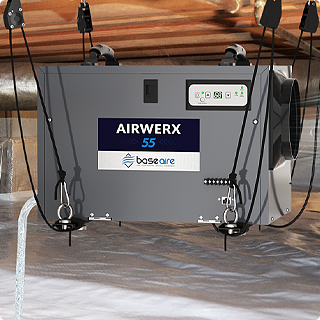
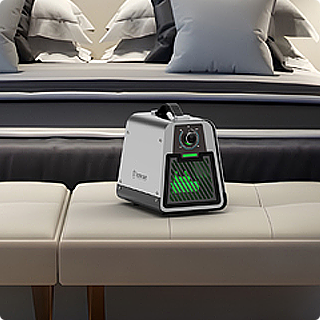
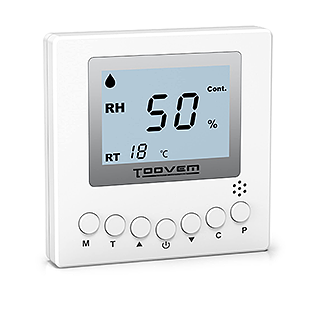
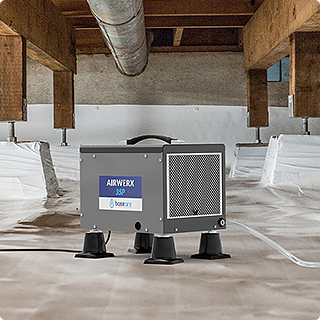
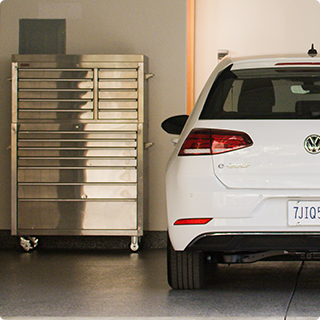
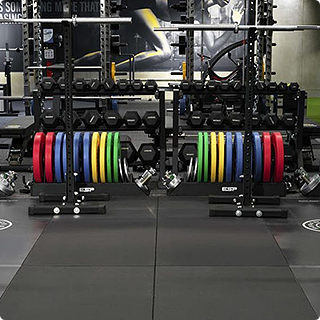
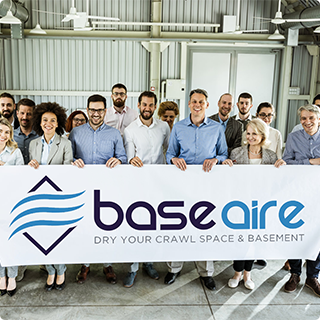

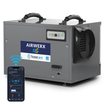
![BaseAire 888 Pro 7,000 mg/h Ozone Generator, Digital O3 Machine Home Ozone Machine Deodorizer - Ozone Generator from [store] by Baseaire - Disinfection, Ozone Generator](http://www.baseaire.com/cdn/shop/products/888-Pro-_-1.jpg?v=1698817267&width=104)
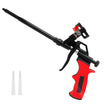
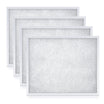
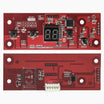
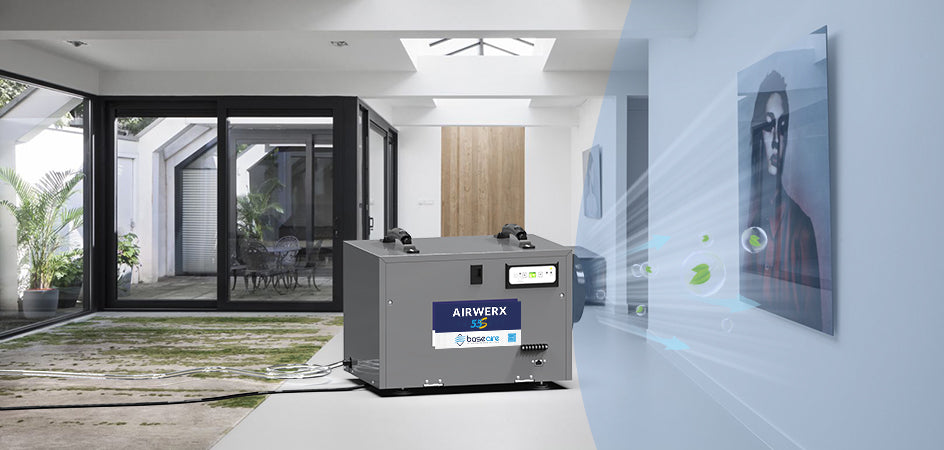
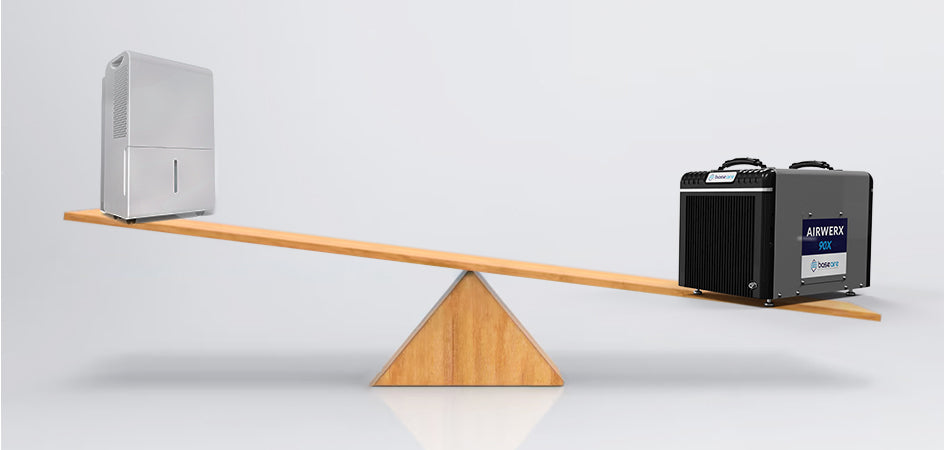

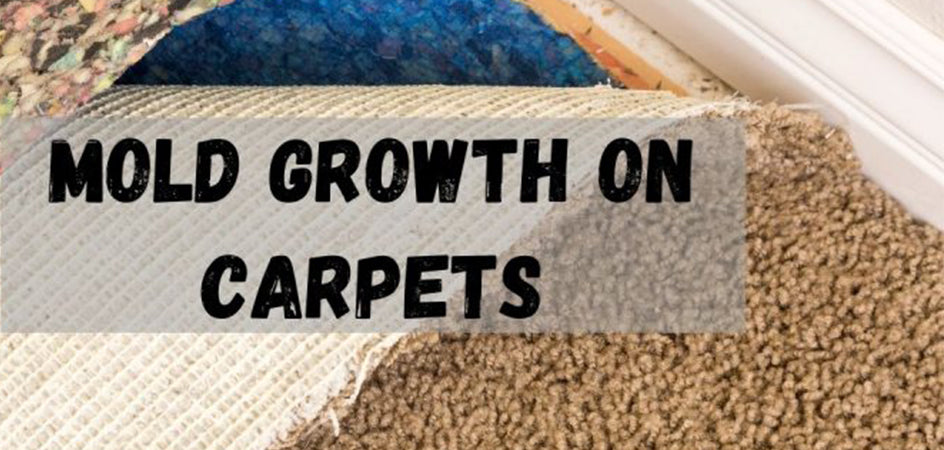




Leave a comment
All comments are moderated before being published.
This site is protected by reCAPTCHA and the Google Privacy Policy and Terms of Service apply.